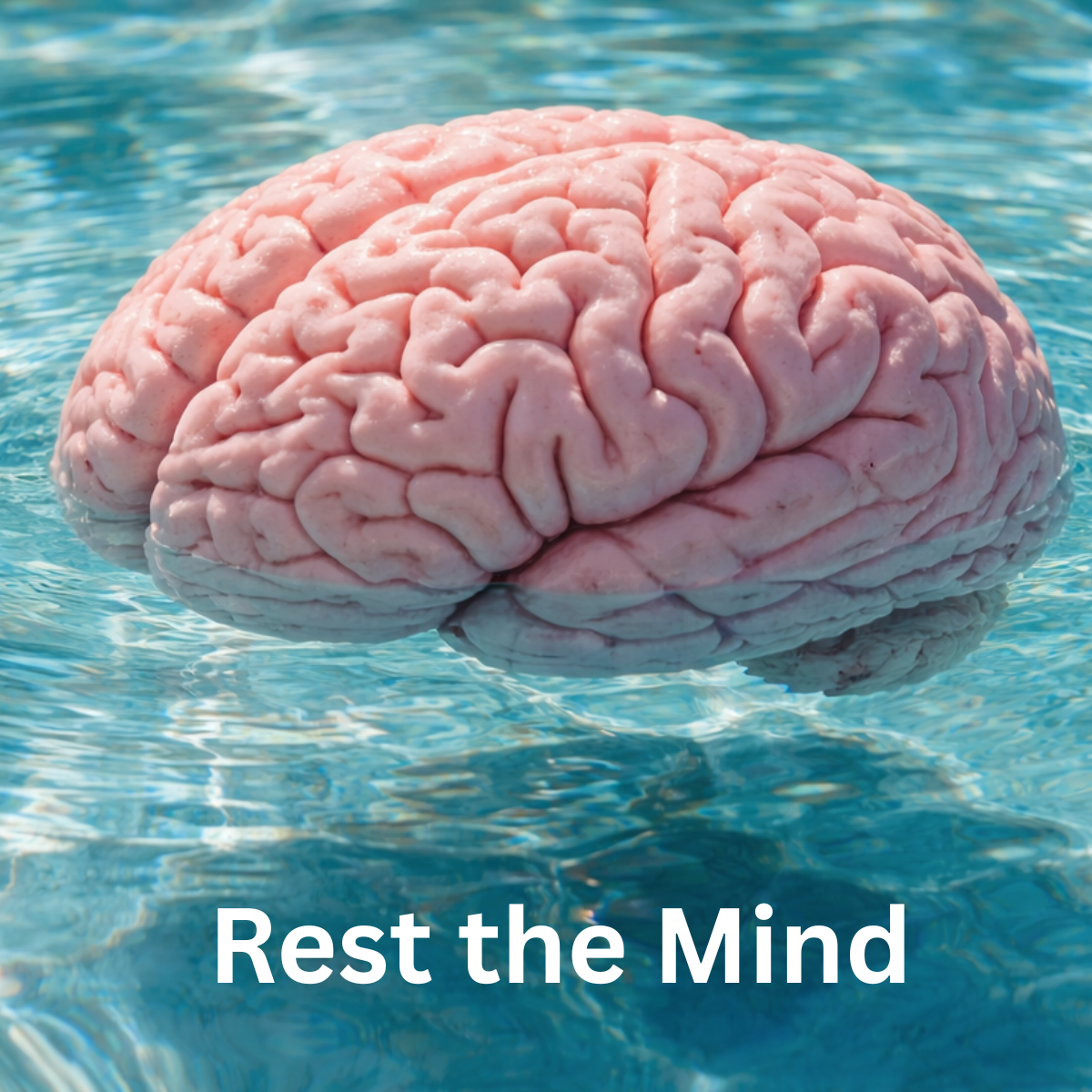So I have had a little pet hobby of reading research studies, articles on the science of nutrition. There certainly has been a explosion of studies in the human processing capability of foods, calorie consumption and the effects of different types of diets. I have experimented with several of these types of diet fads out there to see how the work and what impact they have on me. I have tried carnivore, keto, paleo, and intermittent fasting. I have kept each one of these up for extended periods of time. Here is an interesting result.
All of these have worked, exceptionally well. They have all produced the same desired result, with one very significant problem. None of them have been easy to maintain. The Keto diet was probably the longest success I have had, but even then that was difficult to keep consistent on for more than 18 months. After reading several nutrition research studies, I have come to the rather obvious conclusion, the secret to these diets is nothing more than reduced consumption.
Think about it. Intermittent fasting – you are effectively cutting out a period of time where you cannot ingest calories. That will, for the most part, and over time, reduce the number of calories that you eat during a week and it will of course produce the result of weight loss accordingly. Keto or Paleo diets are similar. They are effectively removing a couple of food groups out of your diet. That will, in most cases, produce the desired result. You will eat considerably less and therefore you will be in calorie deficit more often than not.
I believe the reason that Keto was more successful for me, because I ended up substituting lower calorie dense foods in my regular routine as I learned to adjust to the new eating style. Eating more foods that are higher in fiber, water, and other bulk is going to provide you with a lower calorie count per meal. Additionally, foods like eggs or raw proteins will take longer to digest, providing an improve feeling of satiety and cause you to eat less during the day. All of this provides you with a reduced consumption, which produces weigh loss.
It is undeniable however, that nutrition studies are not favoring these diets. They do prove that reduced calorie consumption leads to weigh loss. We knew that already. The studies have demonstrated, however, one very important key fact. It has nothing to do with carb count either. It has everything do to with foods that make you feel more full. If you adapt a diet that introduces more food into your daily routine that helps you feel full than you will as a consequence consume less calories and be in calorie deficit more often.
I will give you an example that clearly proves the point. Lets take good old simple raw oats. 1/2 cup of raw oats produces, when cooked with water, a significant amount of food that is very filling. Most people will report, after eating a bowl of oats being full and no longer hungry. This bowl of oats will be only about 150 calories. It will contain a decent amount of protein and have some good fiber in it as well. Looking in my cupboard, I looked at the label of the processed, prepackaged granola cereal. Not only did it have some sugar content, the calorie amount of the same quantity, 1/2 cup, was double, 300 calories.
I do not know about you, but 1/2 cup of store bought granola does not make me feel full. I will almost always get a second bowl. So I am really going to eat 600 calories, not counting any milk to go with it. So with this simple substitution, oats in lieu of processed granola, I could be saving 450 calories for the same feeling of “fullness.” I could even afford to sprinkle some honey on top, mix a little peanut butter or put some raspberries on top. Now eating a bowl of oats would be a giant red flag for a keto diet person. That would completely freak out at the prospect. However, if you look at it, the goal here is calorie consumption reduction. A plate of eggs, mixed with vegetables does the same thing as a bowl of oatmeal. Fills you up with low calorie dense foods, high in fiber and protein and leaves you feeling full for many hours later.
So what if you ate a diet that focused entirely on swapping high calorie low density foods with low calorie higher density foods? Eat an orange rather than drinking orange juice for example. Drinking calories is never a good idea. It is always high calorie density for something that does not make you feel full at all. Stay away from too much fat, as fat is extremely high calorie density. Now it is good to eat healthy fats, but just not a lot of it. If you want a good example, look at 1/2 of an avocado. You could eat an entire bag of baby carrots (about 30 ) or so with a little ranch dressing and still not get to the calorie count of that avocado. You would have to eat only about 3 slivers of an avocado to get to the same calorie count. So next time you are all cool keto, dumping a bunch of avocado and oils on your salad – just think about the calorie count a bit and will it make you feel full. You could add 5 little small walnuts to your meal or you could eat 30 strawberries. Both have the same calorie content, which is going to help you feel full? How about this – a favorite trick of keto dieters is to add coconut oil to your little low carb snack for movie time. You could eat 5 cups of popcorn and not get to the calorie content of 1 tbsp of coconut oil. I am not saying fats are bad, they are really good, but your goal here is to stay in calorie deficit or at least to not be in surplus.
Diet fads work great to get you to a certain point. You gain progress fast, but then things slow down because you stop maintaining calorie consumption deficit once you get to a certain point. You are adding a ton of excess calories to your food in order to have the feeling of being full or satisfied. You can only eat so many of those keto chocolate bars, btw. I think the real answer, at it seems to be validated by what I have read, is that any nutrition plan need to increase the numbers of foods that have a low calorie count for the bulk. This will help you feel full, increase the time it takes you to chew and also increase the digestion time. All of those factors will lead you to feeling fuller longer. So eat more oats than processed cereal, more greek yogurt than high fat snacks, lots of berries as opposed to processed snacks, more eggs, lean meats, potatoes, air cooked popcorn, carrots, vegetables, or anything else for that matter that helps you feel full. That is what will reduce your consumption and help you feel and look healthier.
A tip you might want to try. The popular site called nutritiondata.com has now added a “fullness” factor to their foods. I will give you an example, go to that site and search for watermelon in the top search bar. They have a caloric ratio pyramid that on first glance would have most dieters running for the hills. You will see that most of the calories (89%) come from carbs in watermelon. However, look at the chart that shows the Nutritional Target Map. Note that it has a very high fullness factor, it is more filling and generally nutritionally dense. So eating watermelon will help you feel full with less calories than many other high sugar foods. If you look up M&Ms, you will see why you have to eat 30 handfuls of those, they are not filling at all and have little nutritional content. Looking at food this way, really changes your perspective.
Guy Reams



